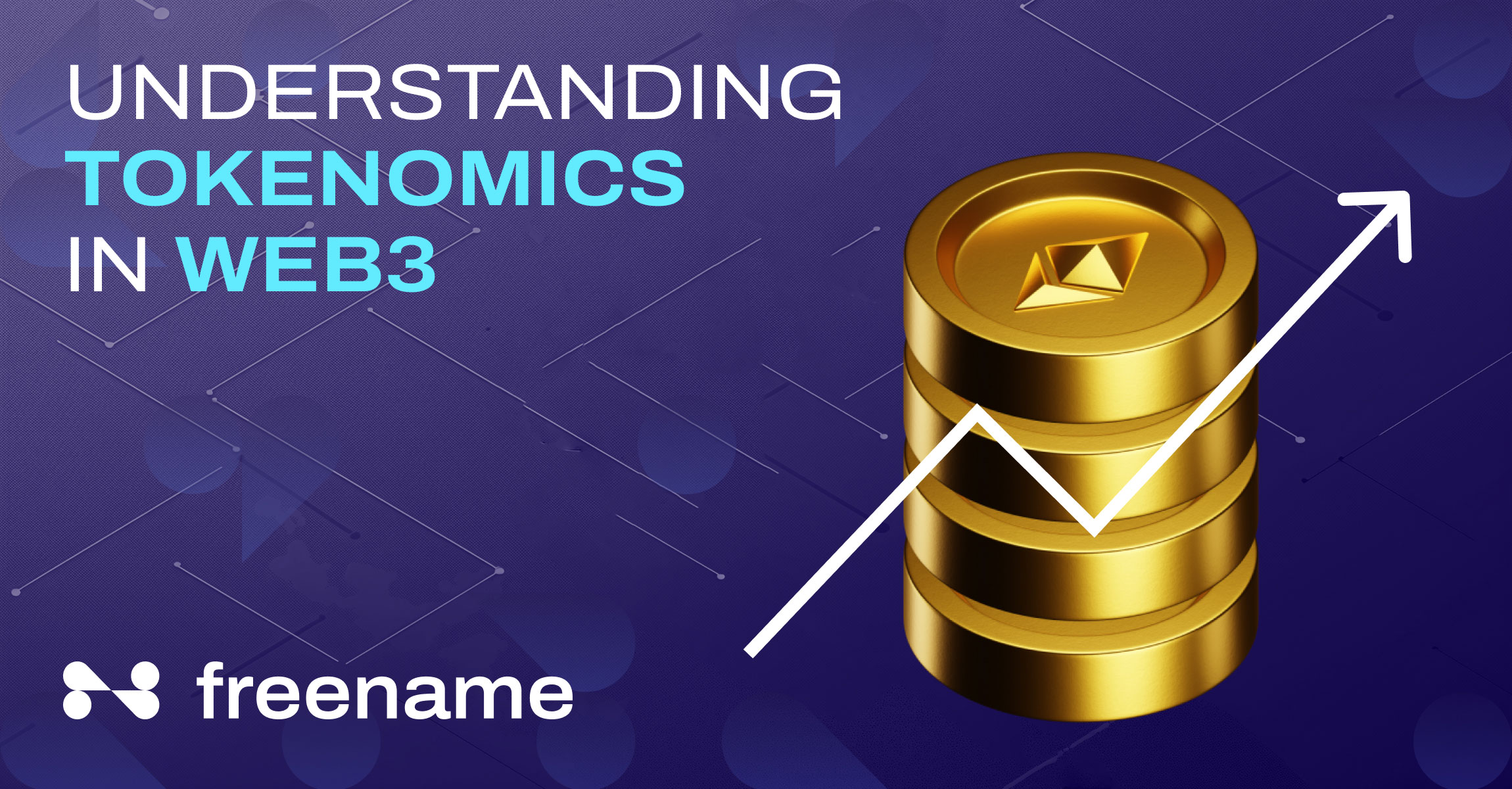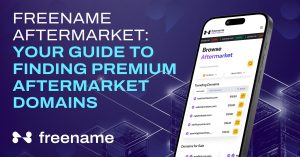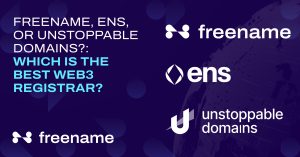With every second that passes, the internet undergoes phenomenal changes that determine our future understanding of technology and connectivity. And right now, the greatest change is happening right before our eyes—Web3. With the advent of Web3, businesses, companies, and governments all around the world have begun researching and developing their own tokens. Therefore, understanding tokenomics and related Web3 technologies is crucial in the dynamic new world of Web3.
One’s ability to navigate the economy of Web3 often comes down to how much one understands how tokens work. Almost every blockchain project issues tokens, and the management of these tokens directly impacts their success and long-term sustainability.
This article will analyze the business of tokens (tokenomics), exploring token distribution and monetary policy as instruments for governance and ownership.
What is a Token?
A token is a digital asset representing different things in a network. It can be used to own an asset in the network, access a particular service, or have a governance right. However, a token is only valuable if the tokenomics are set up so that the token reflects the value of the project issuing it.
Tokens, as initially designed, were to be used as currency – not exactly as a replacement, but as a tool to further facilitate the exchange of goods and services. Hence, a token’s worth primarily depends on its utility within its native network or with the issuing project.
What is Tokenomics?
Tokenomics is simply token-economics. It is not just about how tokens are made, shared, used, and valued in a blockchain system. Rather, it is the in-depth study of the economics that drives cryptocurrency tokens or crypto assets. Tokenomics considers several key aspects, such as total supply, dilution, distribution, vesting, utility, and burn mechanisms. It is a pivotal factor for the success of decentralized projects. Tokenomics profoundly influences incentives, behaviors, and the network’s sustainability.
Why Tokenomics is Important?
Like any other industry, understanding the industry economics is critical before investing. This is especially true for tokenomics as it directly benefits the project itself and the token holders. It is a crucial factor for both the success of a project and the investment decision of token holders.
Some of the functions of a well-designed token system include:
- Incentivize Participation: Offering tokens as rewards for users’ contributions to the network is a direct way for a project to encourage participation. This, in turn, helps to grow the user base and propel public adoption.
- Funds for Development: Tokens can be sold to raise funds for development and ongoing operations. By offering tokens with clear utility, projects can attract investors who believe in their long-term potential.
- Align Interests: Tokenomics also has the potential to help align the interests of the project team, token holders, and the overall ecosystem. An ecosystem where everyone benefits from a project’s success is bound to create a more sustainable foundation for its growth.
Why Tokenomics is Important for Token Holders
There are multiple reasons why tokenomics is important, and these are just a few:
- Value Appreciation: A token’s value increases over time due to strong tokenomics, as demand for the token grows within the project’s ecosystem.
- Utility and Benefits: Tokens with clear utility within the project offer token holders certain access to features, services, or governance rights often providing real value to the token holders beyond simple speculation.
- Transparency and Trust: Well-defined tekenomics build transparency and trust between the project and the token holders. With the total supply, distribution model, and other key factors being well-known and defined, token holders are well-prepared to make informed investment decisions.
Concepts in Tokenomics
Supply and Demand
Tokenomics revolves around the idea of supply and demand. When tokens are scarce, their value goes up. This idea affects how tokens are given out and used to keep balance in the ecosystem.
Token Creation
Token creation is a fascinating concept. Unlike regular money, blockchain tokens are minted using smart contracts. These contracts are self-operating instructions stored on the blockchain. They dictate the parameters of token creation, such as the maximum amount, the rate of creation, and the timing for creation or removal.
Token Utility
Token utility refers to how a digital coin is used, why it’s valuable, and what it does in its system. In decentralized systems, coins are usually used as native currencies inside the app to access features or services.
Understanding utility is important because it indicates how much people want a token. A coin with an apparent and transparent utility model will typically outperform its counterparts with obscure use cases.
Token Distribution
In the economy of Web3 projects, distributing tokens is like performing a balancing act. Different methods, such as initial coin offerings (ICOs), token sales, airdrops, and liquidity mining, determine how tokens reach users. However, the most important key to this process is a fair and transparent distribution system, which is crucial for building trust in a Web3 community.
Trust is the foundation of any community, and in the decentralized world, it carries even more weight.
Governance
Governance is crucial in tokenomics. Many tokens set different criteria for holders in exchange for governance rights, which allow them to vote on what happens next in a project. Token-based governance aims to promote a project’s token while simultaneously distributing decision-making responsibilities among community members. So, instead of a small group of developers making all the decisions, people with tokens can vote on how things should go.
Incentives
Incentives are what get people involved and interested. Tokenomics creates plans to reward users for doing things that help the project grow. These tasks could be holding onto tokens, adding liquidity, or helping maintain the network.
Deflationary Tokens
This means that the number of tokens available decreases over time. The limited supply can make tokens more valuable in a Web3 economy. Bitcoin is a popular example of a token in this category. However, people may also create artificial scarcity when they hold onto their tokens without using them.
Inflationary Tokens
Here, the number of tokens increases over time. It often leads to more tokens in circulation, which might exceed what people need. However, it also ensures there are always enough tokens to motivate and reward members of the Web3 economy.
Tokenomics is Here to Stay
Tokenomics is like the engine of Web3 projects. It guides how they work, expand, and connect with their communities. Just as the engines of a vehicle differ based on type and purpose, tokenomics differs for each project.
And if a project is doomed to fail with poorly designed tokenomics, isn’t that the more reason to be deliberate about its design?
At Freename, our expertise in blockchain technology and Web3 domains positions us to support the foundational aspects of your project’s tokenomics, even though we don’t directly design tokenomic structures. Our specialization in Web3 Top Level Domains (TLDs) offers a robust platform for identity establishment and branding—key components that contribute to a project’s success in the crypto ecosystem.
By ensuring your project has a solid, recognizable digital presence, we indirectly influence the effectiveness of your tokenomics by enhancing user trust and engagement. This holistic approach ensures that while Freename focuses on digital solutions and domain services, we remain a vital part of the ecosystem that drives the success of innovative crypto projects.
Tokenomics FAQs
How do you analyze tokenomics?
The first step to analyzing tokenomics is to gather information (some refer to it as DYOR– do your own research). This involves studying the whitepaper, scouting the project website, and checking other third-party resources. Pay attention to the total supply and distribution, utility, vesting periods, burn mechanisms, economic stability, and governance. Then you evaluate and compare based on other successful projects before finally researching the team and community.
How to calculate tokenomics?
To calculate tokenomics requires certain data, such as the total number of tokens currently available in the market (circulating supply), market capitalization, fully diluted valuation, total distribution analysis, and impact of burn mechanisms.
On the other hand, you could use an online tokenomics calculator tool in order to get a basic model of potential token value.
What is an example of good tokenomics?
While there are numerous good tokenomics, one that easily comes to mind is Chainlink (LINK). Link makes use of a deflationary model where there is a maximum of 1 billon LINK tokens that can ever be created. LINK tokens are used to pay node operators on the Chainlink decentralized oracle network which provide secure and reliable data feeds for smart contracts, an important function in DeFi (Decentralized Finance).
What is the difference between cryptoeconomics and tokenomics?
Although they may seem similar, cryptoeconomics is broader and deals with the design and study of economic incentives within a cryptographic system, especially blockchains. Meanwhile, tokenomics specifically focuses on the design, implementation, and utility of a project’s token within its own ecosystem. In other words, cryptoeconomics is concerned with the overall economic framework of the entire crypto ecosystem, while tokenomics aims to create a self-sustaining economic model for a specific project.







